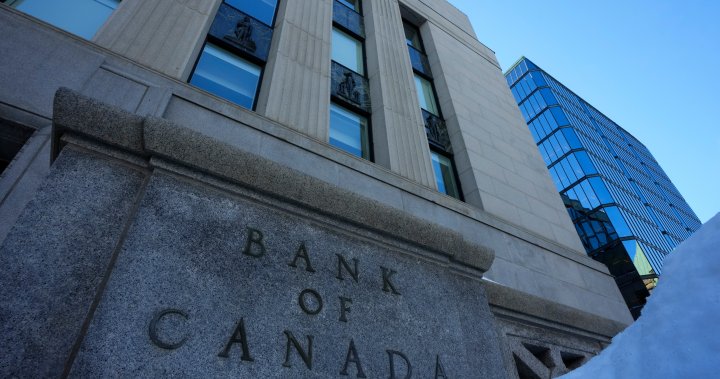Canadians are scrambling to get their “affairs in order” as controversial changes to how capital gains are taxed are set to go into effect on Tuesday, accountants say.
The changes, which have received pushback from business groups and doctors, will increase the inclusion rate for taxable capital gains from 50 to 67 per cent for individuals realizing more than $250,000 in capital gains annually.
Even though the proposal was first introduced in Budget 2024 in April, more details on the changes only became clear on June 10 when the Liberals put a motion to implement them up for a vote in the House of Commons – which approved it.
In advance of the changes kicking in on June 25, John Oakey, vice-president of taxation at Chartered Professional Accountants of Canada, said accountants have seen an influx of clients, with a lot of transactions being made over a “very intensive” last couple of weeks.
“I talked to a number of CPAs of accounting firms, as well as lawyers that have been frantically in the last about two weeks — since the notice of ways and means motion came out — frantically trying to help clients get their affairs in order and determine if they want to do any tax planning or not,” Oakey said in an interview with Global News on Monday.
“So, there is a lot of work going on right now and in the two weeks when the details came out up to the June 25 deadline,” he said, adding that some transactions might not be completed because there isn’t enough time left.
Jamie Golombek, managing director of tax and estate planning with CIBC Private Wealth, said that in the past week alone he was personally involved in at least five client meetings and four presentations on this topic.
“We’ve really been absolutely overwhelmed,” Golombek told Global News on Monday.
Financial news and insights
delivered to your email every Saturday.
“There are some people scrambling to close transactions on the sale of either, let’s say, a private company or real estate trying to get those closed today, on Monday, so that the gain will settle in a period where the inclusion rate is 50 per cent,” he said.
As for people trying to sell publicly traded shares, “it’s pretty late at this point” to do anything as the trade deadline was on Friday and it has to settle on Monday, he said.
Capital gains are the proceeds from the sale of an asset like a stock or an investment property.
All capital gains come with an inclusion rate, meaning a percentage of profits realized from the sale is added to taxable income in that year.
Under the new changes, that inclusion rate would rise to 67 per cent from 50 per cent on any gains realized above $250,000 annually for individuals.
That two-thirds inclusion rate would apply to all such gains made by corporations and many trusts.
However, Canadians’ principal residences would remain exempt from capital gains taxes.
Effective June 25, there is also a new $250,000 annual threshold to ensure individuals earning modest capital gains continue to benefit from the current 50 per cent inclusion rate, according to the finance department.
“For the average Canadian, this probably has no effect whatsoever, because the average Canadian doesn’t realize $250,000 of capital gains every year,” Golombek said.
The government has said this will only affect a very small, typically wealthy segment – 0.13 per cent of Canadians.
But Oakey said this measure will probably impact more individuals than originally proposed because different people obtain large capital gains typically as a one-time event each year.
“It’s almost like a revolving door with regards to people with large capital gains, that it doesn’t seem to be the same individuals year over year recognizing large capital gains,” he said.
Once the measures do kick in, Oakey said he is anticipating the changes to run into “technical errors,” which could create “unintended consequences.”
“When you change the inclusion rate and you add this $250,000 threshold, it fundamentally changes a lot of provisions in the Income Tax Act, which the system is extremely complex as it is and this adds another extreme level of complexity to it,” he said.
Some strategies that investors are now considering are tax gain realization at the end of year by looking at their portfolio and selling winners so that they can stay under the $250,000 gain threshold and realize some gains on an annual basis, Golombek said.
“Every year towards the end of the year where if you haven’t used up your $250,000 capital gain at a low rate, you might want to look at your portfolio and say, ‘Hey, are there some winners here?’” he said.
Similar planning might also be done in terms of the estate if people are worried about the debt on death, where they may want to start realizing some of the capital gains on an annual basis as they get older rather than face that large tax, Golombek said.
— with files from Global News’ Craig Lord and Uday Rana.
© 2024 Global News, a division of Corus Entertainment Inc.




